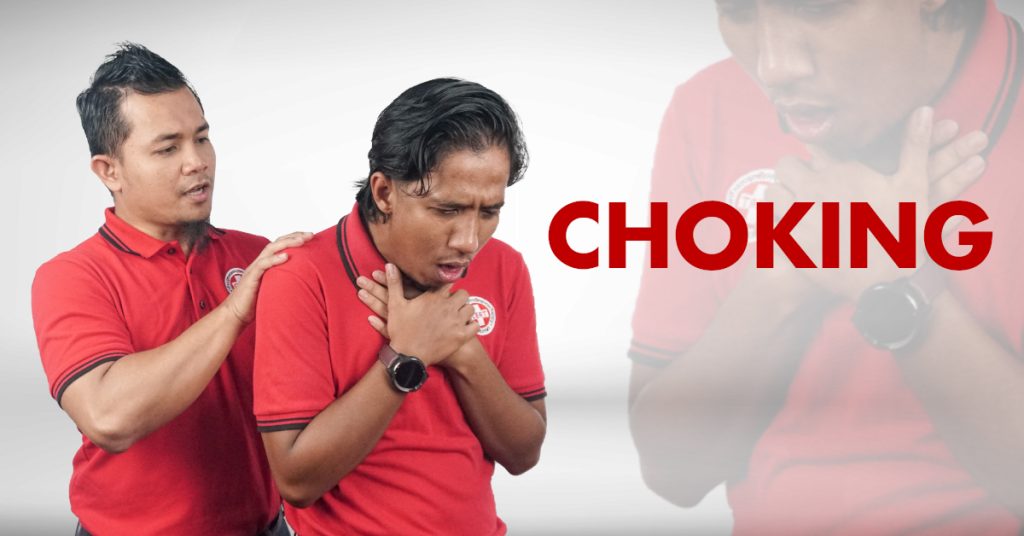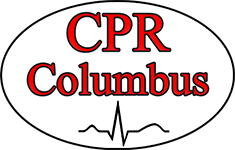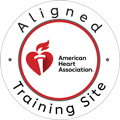Choking is a sudden and frightening emergency that can escalate quickly if not handled properly. One of the most effective responses to severe choking is the abdominal thrust technique, commonly known as the Heimlich maneuver. This simple yet powerful action can dislodge an obstruction from the airway and restore normal breathing. Knowing when and how to perform the Heimlich maneuver can make the difference between life and death. This guide explores the signs of choking, how to assess the need for intervention, and how to perform abdominal thrusts effectively across different age groups and physical conditions.
Heimlich maneuver is a first-aid procedure used to treat upper airway obstructions caused by foreign objects. By applying quick, upward pressure just above the navel, this maneuver creates a burst of air that can expel the blockage. It is a critical skill for first responders, caregivers, and the general public alike. According to the National Safety Council, choking is a leading cause of unintentional injury deaths, particularly among young children and older adults. Since these incidents often occur at home or in public places, the Heimlich Maneuver technique is a cornerstone of emergency response protocols.

Signs of Choking
Recognizing the signs of choking is the first step in responding effectively. The universal sign of choking—hands clutching the throat—serves as the most visible and immediate indicator. In cases of partial airway obstruction, the person may still cough, speak, or breathe, though with difficulty. However, when choking becomes severe, the airway is completely blocked, and the individual cannot speak, breathe, or make any sound. Additional signs of complete obstruction include cyanosis (a bluish tint to the lips or skin), visible panic, and loss of consciousness. These symptoms necessitate immediate intervention with abdominal thrusts.
When to Perform the Heimlich Maneuver
Before performing the Heimlich maneuver, it’s essential to ensure that the person is indeed choking and not experiencing another type of medical emergency, such as a heart attack or seizure. Ask the individual if they are choking. If they can respond verbally, the airway is likely only partially blocked, so you should encourage them to cough forcefully. If they cannot speak or are making high-pitched noises with each breath, proceed with the maneuver. The abdominal thrust technique is appropriate for responsive adults and children over the age of one who demonstrate clear signs of severe choking. If the person is unconscious or the situation involves an infant, alternative methods must be employed.
Proper Technique for Adults and Children (Over 1 Year)
To perform the Heimlich maneuver on an adult or a child over one year old, start by standing behind the person. Wrap your arms around their waist, keeping one foot slightly in front of the other for balance. Make a fist with one hand and place it just above the navel, but well below the ribcage. Grasp your fist with the other hand and deliver quick, inward, and upward thrusts. The motion should mimic a “J” shape, forcing air out of the lungs to expel the object. Continue the thrusts until the obstruction is cleared or the person becomes unresponsive, at which point CPR should be initiated. For detailed information on CPR for different age groups, you can read our guide on [The Right Way to Perform CPR on Infants].
Modified Techniques for Special Populations
Certain populations require modified techniques. For pregnant women or individuals who are significantly overweight, traditional abdominal thrusts may not be effective. In these cases, chest thrusts should be used instead, applying force to the center of the chest rather than the abdomen. If you are alone and choking, you can perform self-administered abdominal thrusts using your hands or by pressing your abdomen forcefully against the back of a chair or countertop. For children aged one to eight, the procedure is similar to that for adults, though less force is required, and extra care must be taken to avoid injury due to their smaller size.
Call Us Now
Get the Best CPR Class in Columbus Today!
Infant Choking Protocol (Under 1 Year)
For infants under one year of age, the Heimlich maneuver is not recommended. Their anatomy is too delicate for this approach. Instead, use a combination of back blows and chest thrusts. To perform this, hold the infant face down along your forearm, supporting their head and neck. Deliver five firm back blows between the shoulder blades using the heel of your hand. Then, turn the infant face up and give five chest thrusts using two fingers placed just below the nipple line. Continue alternating between back blows and chest thrusts until the object is dislodged or the infant becomes unresponsive, at which point infant CPR should begin.
After the Obstruction is Removed
After a choking episode where the object has been successfully removed, it’s important to assess the person’s condition. Check for signs of breathing, consciousness, and circulation. Even if the person seems fine, medical attention is often recommended to rule out internal injuries, especially in children and older adults. Complications from the Heimlich maneuver can include bruising, fractured ribs, or internal organ damage, particularly if performed with excessive force. Additionally, if emergency medical services were called, documentation and reporting may be required, especially in workplace or childcare settings.
Training and Certification
Training is the best way to ensure you’re prepared to perform the Heimlich maneuver correctly. Certified CPR and first aid courses, such as those offered by the American Heart Association or local providers like CPR Columbus, offer hands-on practice that builds confidence and competence. These courses often include training in recognizing airway obstructions, performing the Heimlich maneuver, and responding to choking in infants, children, and adults. It is recommended that individuals renew their certification every two years to stay updated on the latest guidelines. Furthermore, legal protections such as Good Samaritan laws often apply when trained individuals assist in emergencies, providing reassurance to bystanders who step in to help.
Conclusion: A Critical Life-Saving Skill
Knowing how to properly perform the Heimlich maneuver is a vital skill that can mean the difference between life and death in a choking emergency. When performed correctly and promptly, this technique can dislodge an airway obstruction and restore normal breathing within seconds. However, it requires proper training to recognize the signs of choking, assess the situation appropriately, and execute the maneuver with the correct technique and force.
Take Action Today: Become Certified and Prepared
Don’t wait for an emergency to wish you had the proper training. By investing just a few hours of your time, you can gain the confidence and competence to respond effectively in a crisis situation. CPR Columbus offers comprehensive CPR certification in Columbus programs that include proper Heimlich maneuver training along with other essential life-saving techniques.
Our BLS certification Columbus courses provide healthcare professionals and concerned citizens alike with hands-on practice under expert guidance. As an American Heart Association training site, CPR Columbus delivers stress-free, interactive classes that ensure you’re fully prepared to handle emergencies with confidence.
Remember, in a choking emergency, seconds count. The proper training you receive through CPR Columbus could one day enable you to save a colleague, friend, family member, or even a stranger in distress. Register today for the best CPR training in Columbus and become someone who doesn’t just witness emergencies, but responds to them effectively.


